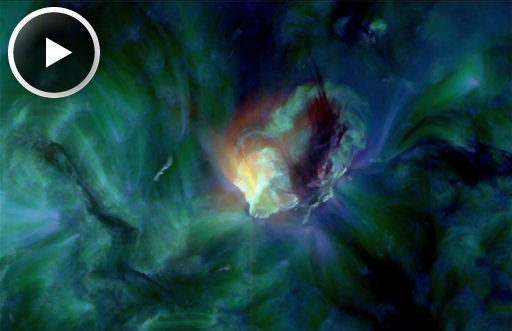 |
 The ALMA radio antennas bathed in red light in this image. In the background there is the southern Milky Way on the left and the Magellanic Clouds at the top. The ALMA radio antennas bathed in red light in this image. In the background there is the southern Milky Way on the left and the Magellanic Clouds at the top.CREDIT: ESO/C. Malin |
The world’s most powerful radio telescope will pull back the curtain on the dusty veil obscuring planet birth, according to its backers.
For the past two years, scientists have been adding antennas — and resolution — to the Atacama Large Millimeter/submillimeter Array, which is officially inaugurated next week.
The array isn’t fully open for business yet, but already it is producing groundbreaking science in alien worlds. Last year, it unveiled protoplanetary dust circling a brown dwarf or “failed” star. ALMA also measured planets orbiting the star Fomalhaut and found they were smaller than previously thought.
Read Full Story at


